Many years ago, when I was a young, harried father, I would sit in synagogue on Shabbat mornings and try to keep my kids quiet. It was a task I consistently failed at. Their mother, the rabbi, was on the bimah, leading services. She had the easy job.
Once, I was jiggling my crying daughter, grabbing for my son, juggling Cheerios and sippy cups — all the while feeling the Eyes of Judgmental Parents upon me. Then I heard a voice, “Come here, ketzeleh.”
This grandfatherly man with a soft Eastern European accent, a trim mustache and a well-cut suit took my daughter into his arms. In an instant, she was quiet.
That’s how I got to know Louis Sneh — he was the soft-spoken man who would always reach out to comfort my children.
A year ago, I encountered the other side of Louis Sneh: his past.
I was at a screening of a movie called “Last Train to Seeshaupt” at the Museum of Tolerance.
And there was Louis on screen, wondering aloud who had the better death — his mother, sent to the gas chamber on her first day in Auschwitz, or his father, who survived a concentration camp but collapsed on a final death march and was shot on the spot?
“He had to suffer for a year first,” Louis said.
Until I saw “Last Train,” I had no idea what hellish crucible Louis Sneh survived. He was 16 years old when the Nazis marched into Hungary, March 19, 1944. He and the Jews of his village of Mezokovacshaza, near Szeged, were deported to Dachau.
The Nazis needed slave laborers to build their underground jet factories. A guard asked for an electrician, and Louis’ hand shot up in the air — even though he came from a town with no electricity.
“Because I raised my hand, I’m here today,” Louis said.
In the final weeks of the war, the Germans closed Louis’s sub-camp and put its 4,000 surviving prisoners on a train through Bavaria.
The 70-car train was a kilometer long and packed tight — with nothing to eat or drink, no toilets, no windows, just the smell, as Louis remembers, of blood and excrement.
Allied planes strafed the train, puncturing its wooden walls. One morning, through the holes, Louis witnessed a dreamlike scene: The SS guards stripped off their uniforms, tossed them and their weapons behind a bush and ran away.
Soon Gen. Patton’s tanks rolled in, and the prisoners — starved, sick, dying — stepped out onto the platform at the Seeshaupt station, free.
Louis calls that day his second birthday.
The documentary also tells what happened afterward in Seeshaupt itself — more on that later.
Louis eventually made his way to pre-state Israel. There, he served in the navy, met his wife, Dina, got a job with National Cash Register and eventually was transferred to the States. He opened his own cash register repair store on Hollywood Boulevard, worked hard, bought some property — became a success.
“It’s the American story, and the Jewish story,” Louis told me last week.
But, almost every year for 30 years, Louis has returned to the small town of Seeshaupt, near Munich. He has found himself taking picture after picture of the same exact thing: the train station and that platform, the site of his rebirth.
Once he decided to wait for a freight train to pass through, so he could recapture that image on film. Dina told him they could be there all day — he should ask the attendant for the schedule. The clerk said, “The last freight train passed here in 1945; it was filled with corpses.”
Louis said, “You’re looking at one of those corpses.”
That conversation took place in 1995. The attendant told Louis the town was in the midst of a debate over whether to construct a monument to that train. Louis got involved and grew close to the mayor and others in town, and he was present when the villagers erected a monument to the Jewish victims of the Holocaust and to the liberation that took place at Seeshaupt.
In “Last Train to Seeshaupt,” made for German television with English subtitles, local elementary school students visit the memorial and sing Hebrew songs. Its German inscription reads, “Not for hate … but for love … I am.” German high school students visit, and they send letters to Louis.
“I have faith in the latest generation,” he told me.
As for our children, how many of them will get a chance to meet an actual survivor like Louis Sneh? Memorials and videos are one thing, but time is running out to meet the people for whom, as Louis said, their lives are the story.
Take advantage of that, now — you and your children. It isn’t just our last opportunity to reach out to them: it’s our duty.
Louis Sneh and other survivors will speak at a screening of “Last Train to Seeshaupt” on April 7 at 7 p.m. at Adat Shalom, 3030 Westwood Blvd., Los Angeles.
Rob Eshman is publisher and editor-in-chief of TRIBE Media Corp./Jewish Journal. E-mail him at robe@jewishjournal.com. You can follow him on Twitter @foodaism.
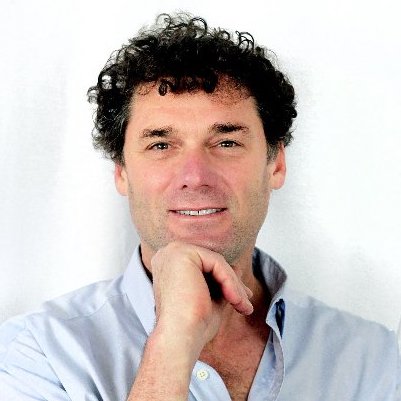











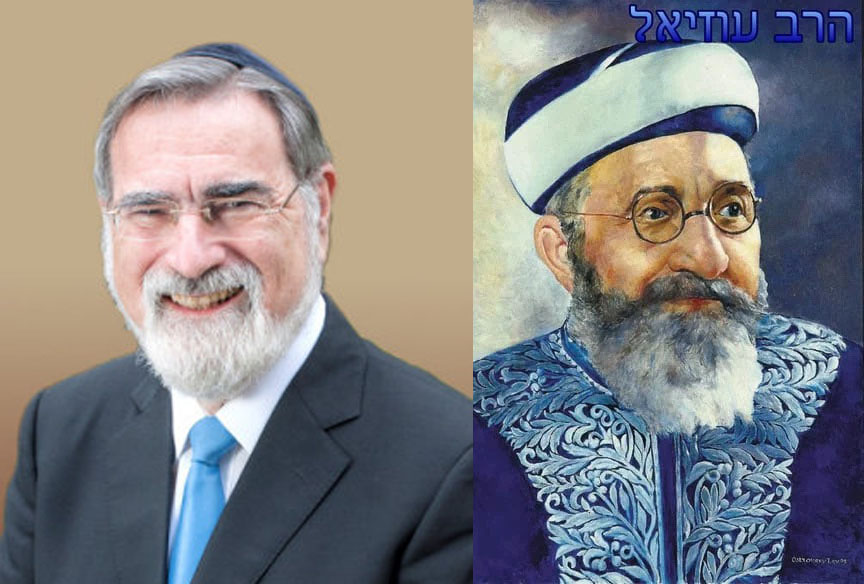
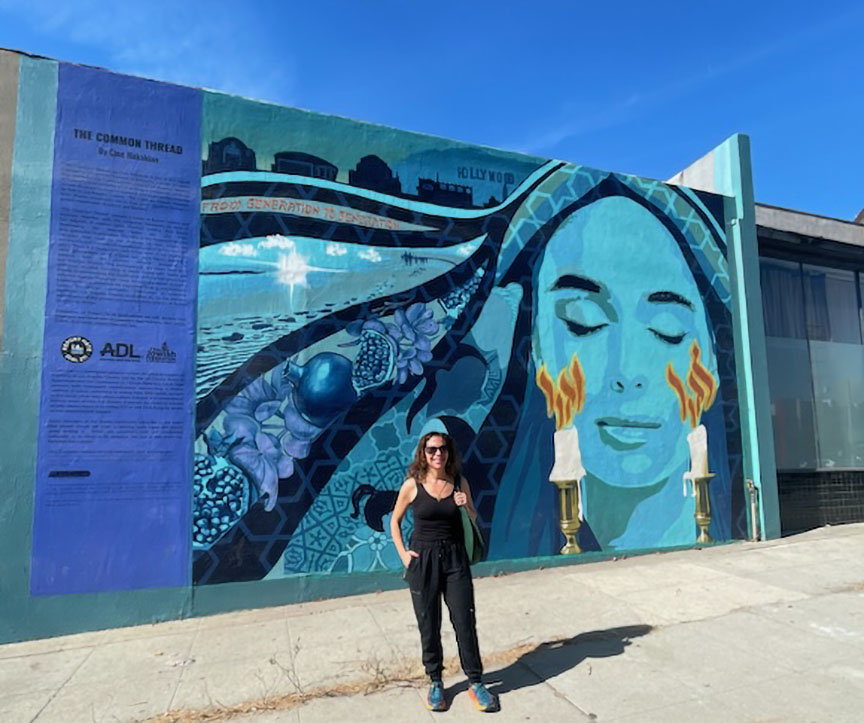
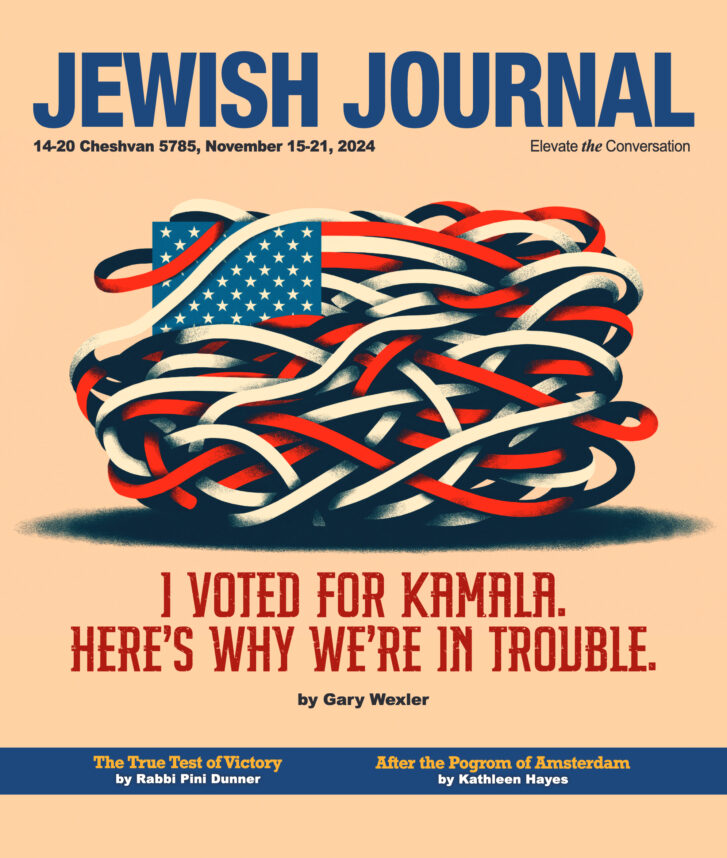
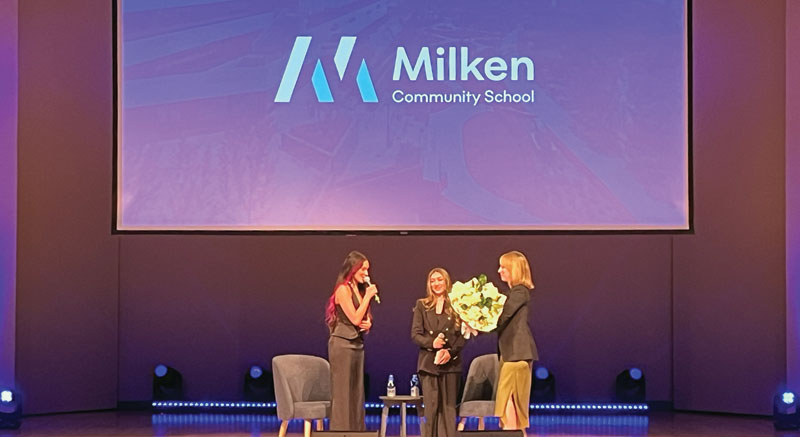
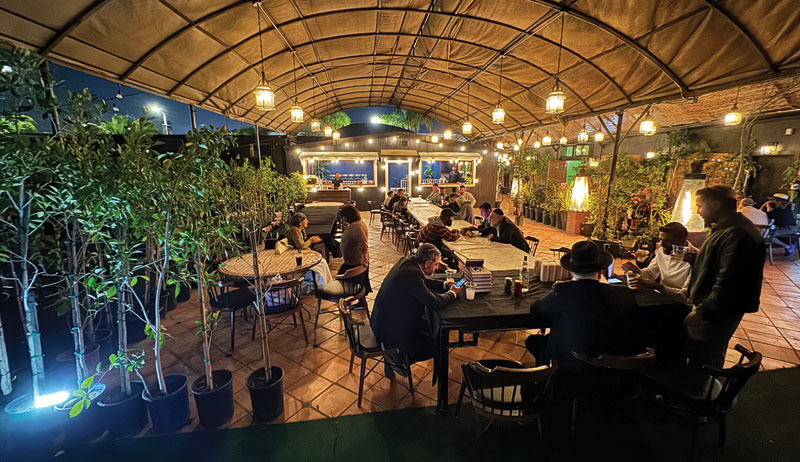





 More news and opinions than at a Shabbat dinner, right in your inbox.
More news and opinions than at a Shabbat dinner, right in your inbox.